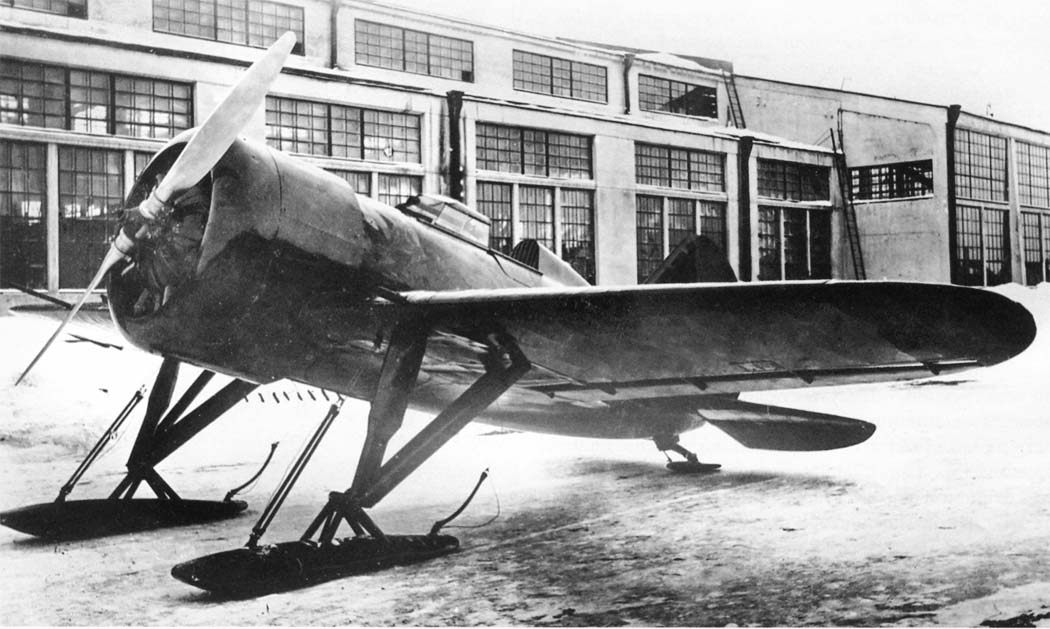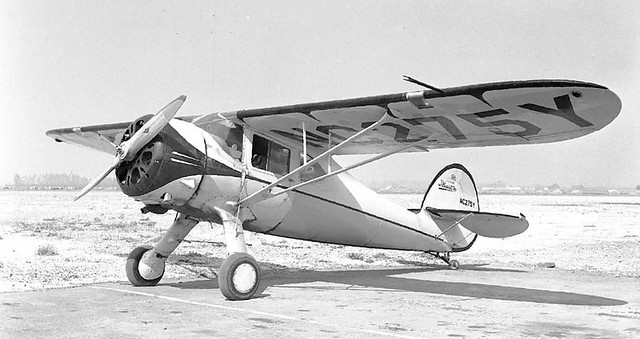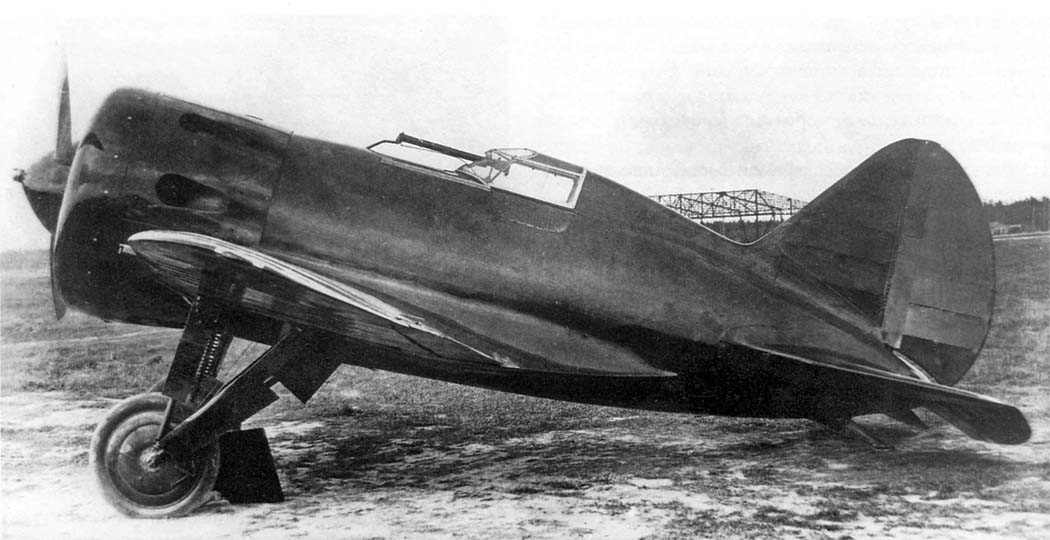fully or partially closing the shutters in bitterly-cold Russian winter operating conditions would have helped to speed warmup and to maintain optimum operating temperature while preventing overcooling.
Looks like I made the same mistake as the French and the Germans did -
forgot about the Russian winter!Hi Aleksandar,
frontal plate with shutters had a role during winter operating conditions; that's true (thanks John

).
But, for what I know,
the plates weren't removed from planes during the summer. Frontal plates remained on planes in Spain under the scorching sun conditions too! - so, the plate with shutters must have had some other functions too...
The fitting on the Polikarpov design don't appear to match the true NACA cowl.
In reality, Polikarpov's design had some elements of the NACA cowl, combined with the elements of other designs and some original solutions. In I-16 case, NACA cowl was the starting point:
TsKB-12 prototype had "true" NACA cowl
Another design that influenced Polikarpov was the so-called
"Watters Tunnel cowl" developped by a Russian emigree Michael Watter and utilized on Luscombe Phantom 1 and Monocoupe D-145 (at that time Watter's identity wasn't known to the Soviets and his design was called "kapot Uottera")


"Watters Tunnel cowl" was tested at Zhukovskii Academy lab, results of these tests were used by Polikarpov's team to design cowling for TsKB-12bis in 1934

This prototype had a cowling with 9 openings on its front (an opening for each cylinder), but
no shutters. Back of the cowling fit tightly the fuselage so that most of the cooling air actually had to exit the cowling through the ducts which accomodated exhaust stubs.
Finaly, 1935 I-16 M-25 № 123954, a prototype for Zavod 21 series (nowdays known as I-16 Type 5)
had shutters plate installed behind the plate with the openings

HTH,
KL


